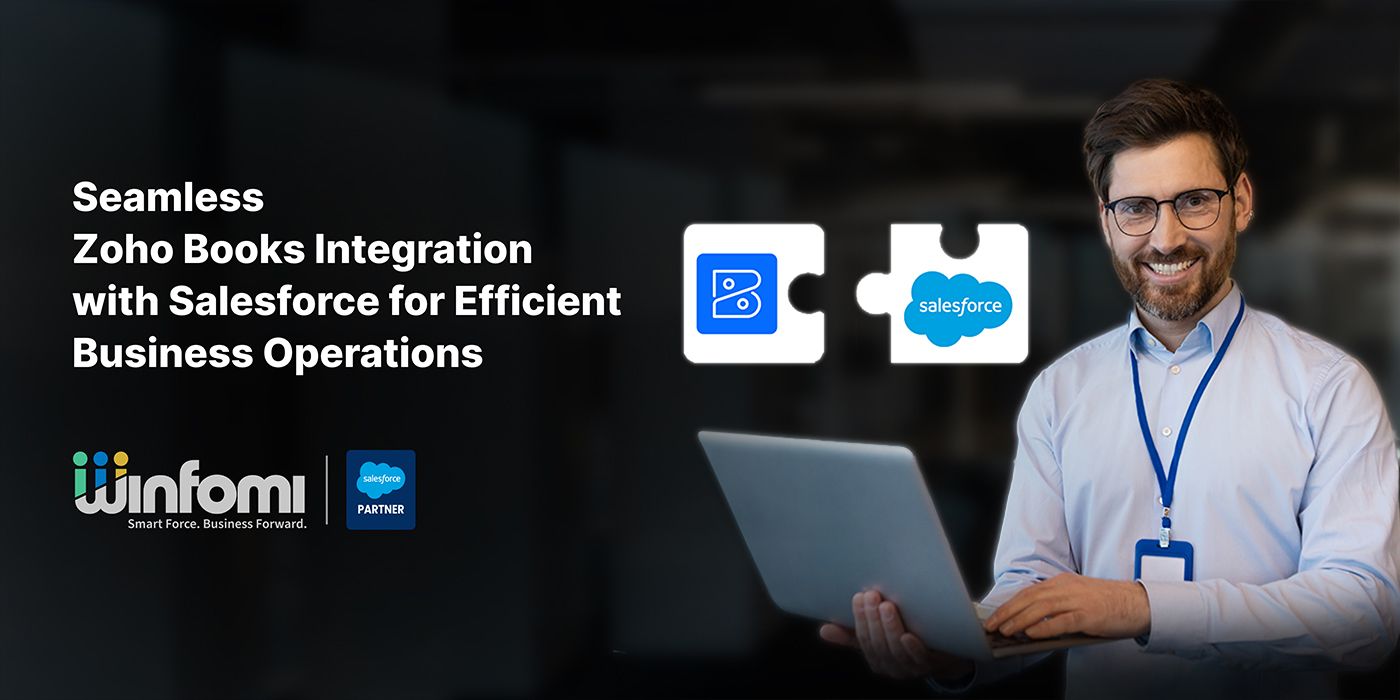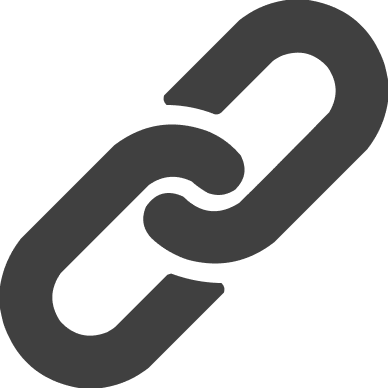

Share:
Overcoming Common Salesforce Implementation Challenges with Winfomi
Implementing Salesforce can revolutionize your organization's customer relationship management and streamline operations. However, the journey to a successful implementation often presents challenges that can hinder progress and cause significant delays. At Winfomi, a trusted Salesforce implementation partner, we understand these difficulties and believe that success begins with identifying and addressing them proactively.
In this blog, we will analyze some of the most common challenges businesses encounter during the Salesforce implementation process and provide actionable strategies to overcome them.
1. Ensuring Smooth Data Migration
Organizations often have vast amounts of data stored in legacy systems, including customer records, transaction histories, and other vital information. The challenge lies in accurately mapping this data to Salesforce’s data model while ensuring data integrity and consistency.
Strategies to Overcome:
- Develop a Detailed Data Migration Plan: Create a comprehensive inventory of existing data, map fields from legacy systems to the Salesforce schema, and define data transformation rules.
- Perform Data Cleansing: Before migration, remove duplicates and correct inaccuracies to ensure data quality.
- Leverage Salesforce Data Loader: Utilize tools like Salesforce Data Loader to export and import large data sets efficiently.
- Conduct Validation and Testing: Implement proper protocols for validation and testing to ensure accuracy in migration.
2. Managing Integration Challenges
Integrating Salesforce with existing systems can be complex. Challenges include:
- Compatibility Issues: Integrating with other implementations may present challenges due to specific data types and prerequisites.
- API Limitations: Connectors such as APIs might reach their maximum limits, complicating the process further.
- Webhook Compatibility: Integration issues can arise when the compatibility of webhooks is not carefully assessed.
Strategies to Overcome:
- Examine Existing Architecture: Understand the capabilities and limitations of systems to be integrated before proceeding.
- Select Appropriate Integration Methods: Determine whether to use middleware, APIs, or other methods for integration.
- Conduct Compatibility Tests: Perform tests to avoid hindrances in the implementation process later.
- Create Custom Flows: Develop custom flows to enhance operational efficiency and improve customer satisfaction.
3. Addressing Customization Limitations
While Salesforce offers extensive customization options, it's important to verify if the platform supports the desired customizations and identify any potential limitations. Challenges include:
- Over-Customization: Unclear implementation plans can lead to over-customizing functionalities, resulting in confusion and increased technical complexities.
- Overhead Costs: Pursuing customizations without careful consideration can lead to unexpected increases in costs.
- Scalability Issues: Highly customized solutions may underperform as the organization grows.
- Delays in Processes: Customization requires precision and effort, which might delay the overall implementation process.
Strategies to Overcome:
- Stay Informed: Update yourself with relevant knowledge about the customization capabilities of the object/tool being discussed.
- Define Clear Criteria: Collaborate with stakeholders to define necessary customizations versus configurations using out-of-the-box features.
- Implement Gradually: It's best to implement one customization at a time rather than tackling multiple customizations simultaneously.
- Utilize Native Features: Consider using Salesforce’s built-in functionalities before opting for custom solutions.
- Opt for Declarative Customizations: Prefer point-and-click customizations over programmatic ones when possible.
- Plan for Updates: Design customizations with upgradability in mind to accommodate regular Salesforce updates.
5. Handling Technical Debt
Technical debt arises from compromised codes or a "build now and fix later" approach. While shortcuts may seem appealing, they can lead to higher maintenance costs and more frequent bugs.
Strategies to Overcome:
- Prioritize Quality: Focus on quality over speed to achieve a smooth and sustainable Salesforce integration.
- Ensure Code Optimization: Regularly optimize code to maintain performance.
- Implement Strategic Approaches: Include refactoring and regular code reviews to keep up with Salesforce release management and updates.
Conclusion:
Implementing Salesforce comes with its fair share of challenges from a technical standpoint. While these tasks may initially appear daunting, partnering with an experienced Salesforce Implementation Services provider like Winfomi can make the process much smoother and more straightforward. Our expertise and guidance make navigating these complexities a manageable and hassle-free experience.






